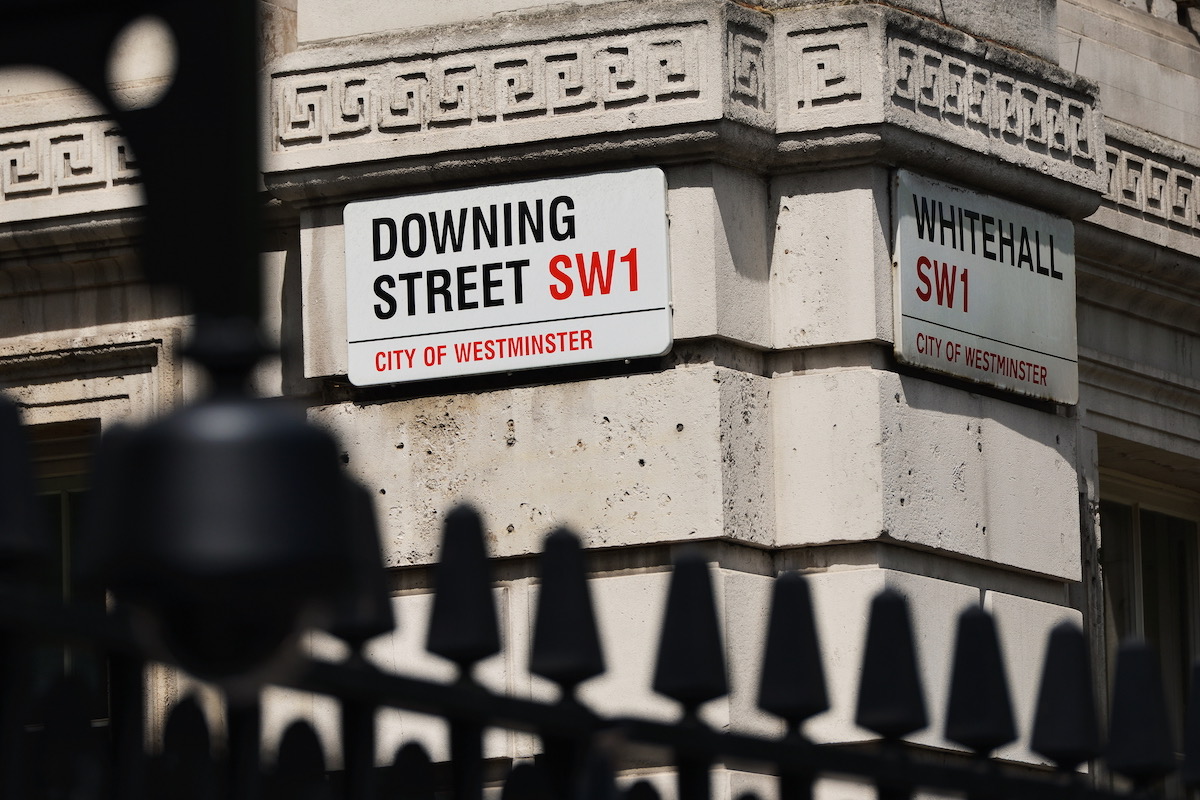Despite being around for quite a while now, tenancy deposit protection schemes can still leave both tenants and landlords scratching their heads.
Questions such as, How do tenancy deposit protection schemes work?, What’s covered?, and How long do they last?, are all valid queries and important to understand, regardless of whether you’re renting or letting. With this in mind, we’ve put together a quick guide to all things TDP.
Let’s jump straight in.
What are tenancy deposit protection schemes all about?
Unsurprisingly, the clue is in the name. Tenancy deposit protection schemes were introduced in order to safeguard renters’ deposits and ensure they get their money back when their tenancy comes to an end.
Prior to the introduction of compulsory tenancy deposit protection, a few unethical and untrustworthy landlords cast a shadow over the lettings industry by withholding deposits under the guise of ‘wear and tear’ to their properties.
While the practice of partially withholding deposits was far from commonplace, there was an issue that needed addressing. Since the introduction of TDP schemes, tenants’ deposits have been safeguarded and the whole business has become more open and transparent.
When did the tenancy deposit protection scheme start?

The Government introduced compulsory tenancy deposit protection back in 2007 to mitigate the problem explained above, namely landlords refusing to return deposits to tenants without good reason to withhold.
How does the deposit protection scheme work?
Astonishingly, tenancy deposit protection schemes are relatively straightforward. Tenants pass their deposit over to their landlord or letting agent and they, in turn, pass it to a tenant deposit protection scheme. This must be done within 30 days of receipt.
Landlords and letting agents are also required by law to provide tenants with details of the scheme they have put the deposit into, as well as information about the tenancy itself.
Are there different types of tenancy deposit schemes?

Yes, there are two: Custodial and Insurance. Below is a brief overview of how they differ:
Custodial
Free to use, the custodial option allows landlords to pay the deposit into a scheme and pretty much forget about it for the duration of the tenancy. Once said tenancy finishes and both parties, landlord and tenant, have come to an agreement on the deposit amount to be repaid, the money is released.
Insurance
Insurance-based tenancy deposit protection schemes work a little differently, as the landlord or letting agent actually keeps hold of the deposit during the tenancy rather than paying it all into the scheme in full. Instead, they pay the scheme to protect the deposit and will be responsible for reimbursing the tenant when their tenancy comes to an end.
Should the landlord fail to repay the tenant their deposit, the scheme will step in and give the tenant what they are owed. From there, the scheme will seek recompense from the landlord, thus leaving the tenant unaffected.
Both types of scheme work well and the choice of which one to use will be made by landlords and letting agents on an individual basis.
Who is protecting my deposit?
As well as the two different types of tenancy deposit protection listed above, there are also different TDP providers. In England and Wales, there are three different schemes available:
All of the above schemes offer both custodial and insurance-based cover.
How long are TDPs valid for?
Tenancy deposit protection will last for the duration of the tenancy, rather than for a set period of time, providing the landlord doesn’t change. They continue even if the tenancy is renewed.
However, should a tenant decide to leave the property prior to the tenancy ending, they must bear in mind the fact that they have a contractual obligation to the landlord for the period of time stated within their tenancy agreement. Therefore, confirmation of the tenancy ending must be sought from the landlord before the deposit is repaid.
What if my deposit is not in a protection scheme?

In short, ALL tenancy deposits should be protected. Landlords who do not protect their tenant’s deposits in a protection scheme can be taken to court and asked to repay up to three times the original deposit back to the tenant. They will have to comply with this demand by the court within 14 days.
If you suspect that your tenancy deposit is not being protected, there are a few steps you can take:
- Ask your landlord or letting agent which scheme they use.
- Check the status of your tenancy deposit protection with the relevant scheme. All have online tools that enable you to check if your deposit is protected.
- If a satisfactory answer isn’t received, or you discover that your deposit isn’t protected, inform the landlord or letting agent that you are considering legal action if they do not place your deposit into a TDP scheme within 30 days.
- If the above proves fruitless, seek legal advice about applying to a county court for protection.
- Apply to the court.
How long do landlords have to return a deposit?
Once the tenancy comes to an end, landlords have 10 days to repay the deposit to their tenant. Naturally, this will be contingent upon the property being left in good repair, which brings us nicely to our next point.
The importance of having an inventory
Regardless of which side of the tenant / landlord fence you’re on, having an inventory conducted is vitally important. Inventories can be carried out by the landlord, letting agent, or an independent third party, but tenants have a right to be present no matter who completes them...and they should definitely exercise the right to attend.
Inventories remove any doubt and prevent disputes occurring. In short, they are worth every penny and should be carried out for every tenancy. For an in depth look at all the reasons why they matter, check out our post on the topic: Are Inventories Important? Here Are 7 Reasons Why You Need One
What about disagreements between tenants and landlords?
Disputes between tenants and landlords can happen for any number of reasons, but if there’s one thing that causes friction between the two parties it has to be security deposits.
Thankfully, the introduction of TDP schemes has lessened the amount of disagreements considerably over the last decade or so, but things can, and do, still go wrong. Whether it’s a quarrel over the amount to be repaid or the deposit not being repaid at all, tenancies can, from time to time, end sourly.
Those who are unfortunate enough to find themselves in such a situation should seek a resolution from the relevant scheme via their dispute resolution service. All of the three providers listed above have such a service available and an impartial adjudicator will consider the evidence put before them.
Again, inventories will play a huge role here, further cementing their importance, and other supporting paperwork, such as tenancy agreements, will also be requested. Therefore, keeping good records and saving any relevant receipts or letters of correspondence relating to the tenancy is equally vital.
A legally binding decision will be made within 28 days of the evidence submission stage ending. Further advice about disputes can be sought from either your local branch of the Citizens Advice Bureau or a solicitor versed in landlord / tenant dispute resolution.
That’s it for our guide to deposit protection schemes, we sincerely hope you found it useful and informative.
If you have any further questions about letting or renting property in or around London’s E11 postcode, please feel free to get in touch with our friendly team of experts. Petty Son and Prestwich have been operating in East London for well over a century, so you know you’re in safe hands.
